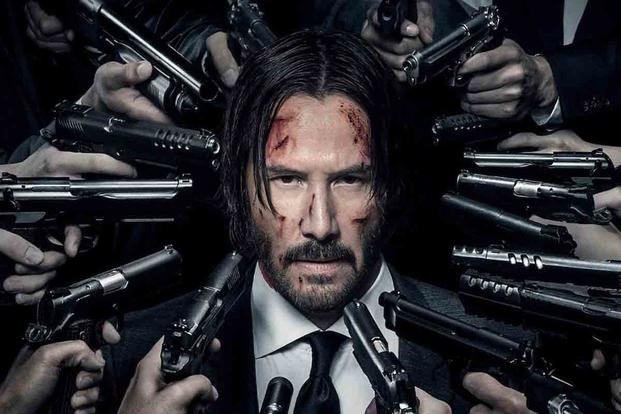Movies and TV are largely works of fiction. We don’t expect them to be right about nearly anything. However, for many, a TV show or a movie is the only experience they have with firearms. TV shows and movies from the opinions of many on firearms, regardless of the fact they are fiction. Rarely does a piece of pop culture get the guns right, so what exactly do they get wrong? Pretty much everything, but here are the most obvious flaws we see in film and TV.
The Sheer Volume of a Gunfight
You can watch a movie or show with the sound optimized perfectly, with the best surround sound on the planet, and guess what? It still won’t replicate the sheer volume of gunfire. Guns are loud at the range, but they are much louder in normal buildings and in urban environments. It’s absolutely a brutal assault on your senses.
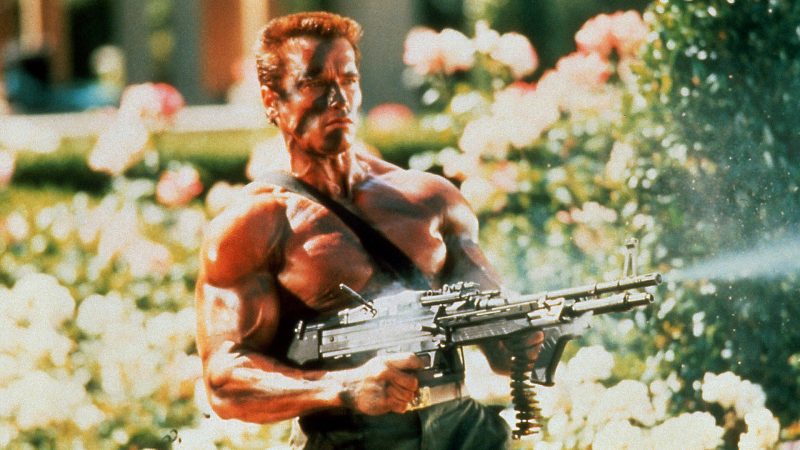
Luckily, adrenaline will ensure you don’t realize the volume and noise of a gun firing or really notice your ears screaming in pain. After the adrenaline fades, you’ll hear a distinct ringing, and guess what? You better enjoy it because it’s likely something you’ll hear for the rest of your life. Tinnitus is not to be taken lightly.
On the flip side, movies take suppressors and make them extremely quiet. They are too quiet, and that’s a big reason why they have a reputation as assassination weapons. In reality, suppressors need subsonic ammunition to avoid getting an ear-ringing supersonic crack. Even with subsonic ammunition, semi-auto weapons have the loud clack of a slide or bolt moving back and forth.
How Long They Last
How long does a gunfight last? It depends on the context, but either way, Hollywood often gets it wrong. Your average on-the-street self-defense encounter lasts just a few seconds. It’s often quick and violent, but over quickly. Most police shootings go the same way, with some extraordinary examples like the North Hollywood Shootout.
In film, these shootings often occupy entire segments of a movie, take forever, and involve dozens of rounds traded. If it’s a good guy and a bad guy facing off for some reason, they can trade shots forever without police showing up.
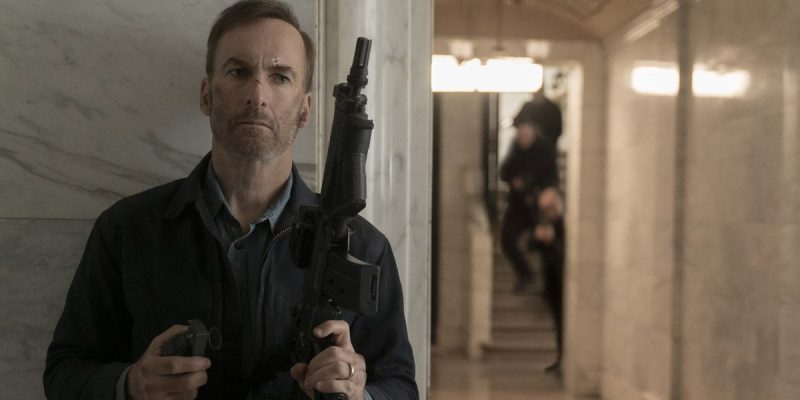
On the split side, a military firefight can last hours. In Hollywood, they are almost always done and over with quickly. The good guys can easily see the bad guys, and the bad guys seem to spray from the hip at most. In reality, it’s often tough to even see the enemy, and a gunfight can be popping off for hours. Outside of Blackhawk Down, I can’t think of a film that’s ever shown a group of frustrated Marines trade shots with terrorists for hours at a time.
Ducking Back and Forth
One of my favorite movie tropes is where two guys are shooting it out, and they do this little dance. Guy A pops out, and Guy B stays behind cover. Guy A fires a few shots and ducks behind cover. Guy B comes up, pops a few shots, rinse, and repeat. Ducking back and forth until someone makes a move.
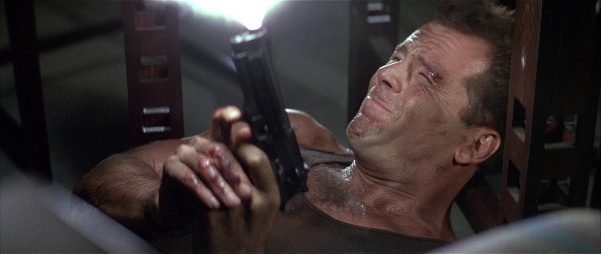
It’s such a silly concept. If you keep diving behind cover every time you fire a few shots, you’ll never end the gunfight. You also give up your fire superiority and kill your situational awareness. There are plenty of reasons to duck behind cover, including to reload or when you start to receive accurate enemy fire and you can’t respond in kind.
Ducking back and forth is silly, and it always makes me laugh.
Ammo Capacities
While movies like Heat, Collateral, and John Wick do a great job of showing ammo capacities and reloading, they are rare. That’s why they stand out and why gun guys and gals appreciate them. Most movies seem to think that guns have an endless supply of ammo. You can fire dozens of rounds from a Glock 17 or a revolver.
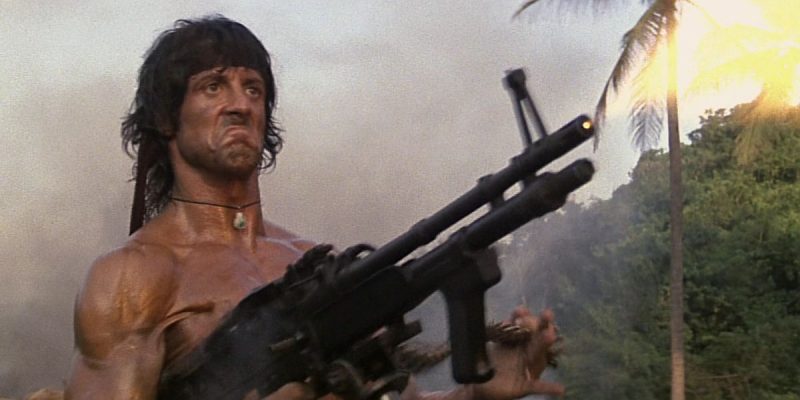
Rifles are always fully automatic and can fire seemingly endless bursts without the user ever needing to reload. I’m not a huge stickler for total accuracy in movies and TV, but it becomes eye-rolling when someone can fire seemingly endless rounds from any gun without ever needing to reload.
Cover and Concealment
No one should ever take tactical advice from TV and movies, but you really, really shouldn’t take advice from movies and TV regarding cover and concealment. In movies, whatever’s convenient can be used as cover. A thin wood table at a restaurant? That’s the perfect cover! In reality, bullets would chew right through it.
The same goes for popular movie cover options like car doors, drywall walls, and wood doors. Most of the time, movies confuse cover with mere concealment. Concealment is better than nothing, but cover is what actually stops bullets.
Movies, TV, and Good Fun
Movies and TV are supposed to be entertainment, and I doubt anyone reading this takes them seriously for tactical advice. We can still enjoy fiction, but we know it’s just that, fiction. I still think it can be valuable to point out the inaccuracies for new gun owners so maybe they can be inspired to get some real training and develop an idea of how things are supposed to work and function.
ABOUT THE AUTHOR:
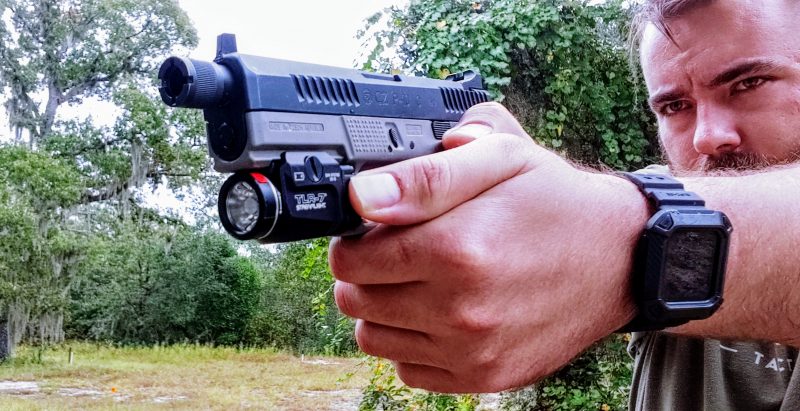
Travis Pike is a former Marine Machine gunner who served with 2nd Bn 2nd Marines for 5 years. He deployed in 2009 to Afghanistan and again in 2011 with the 22nd MEU(SOC) during a record-setting 11 months at sea. Travis has trained with the Romanian Army, the Spanish Marines, the Emirate Marines, and the Afghan National Army.
He serves as an NRA-certified pistol instructor and pursues a variety of firearms-based hobbies.
![]()
You may also enjoy these popular articles:
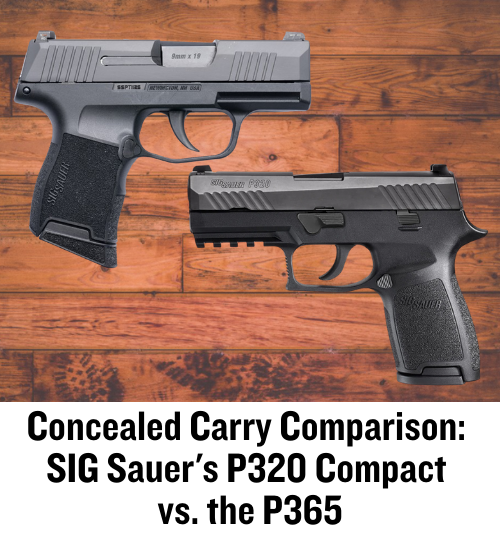

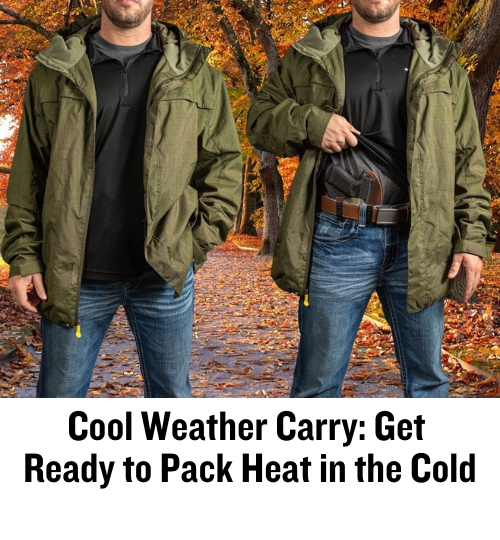

©MTC Holsters, LLC and CrossBreed Holsters Blog, 2023.
Unauthorized use and/or duplication of this material without express and written permission from this site’s author and/or owner is strictly prohibited. Excerpts and links may be used, provided that full and clear credit is given to Travis Pike and the CrossBreed Blog with appropriate and specific direction to the original content.
![]()

